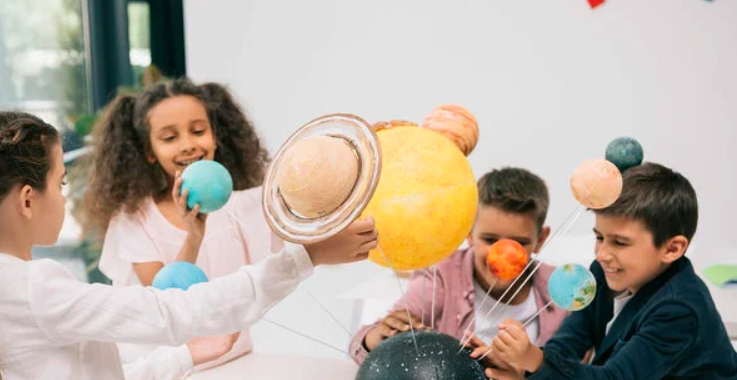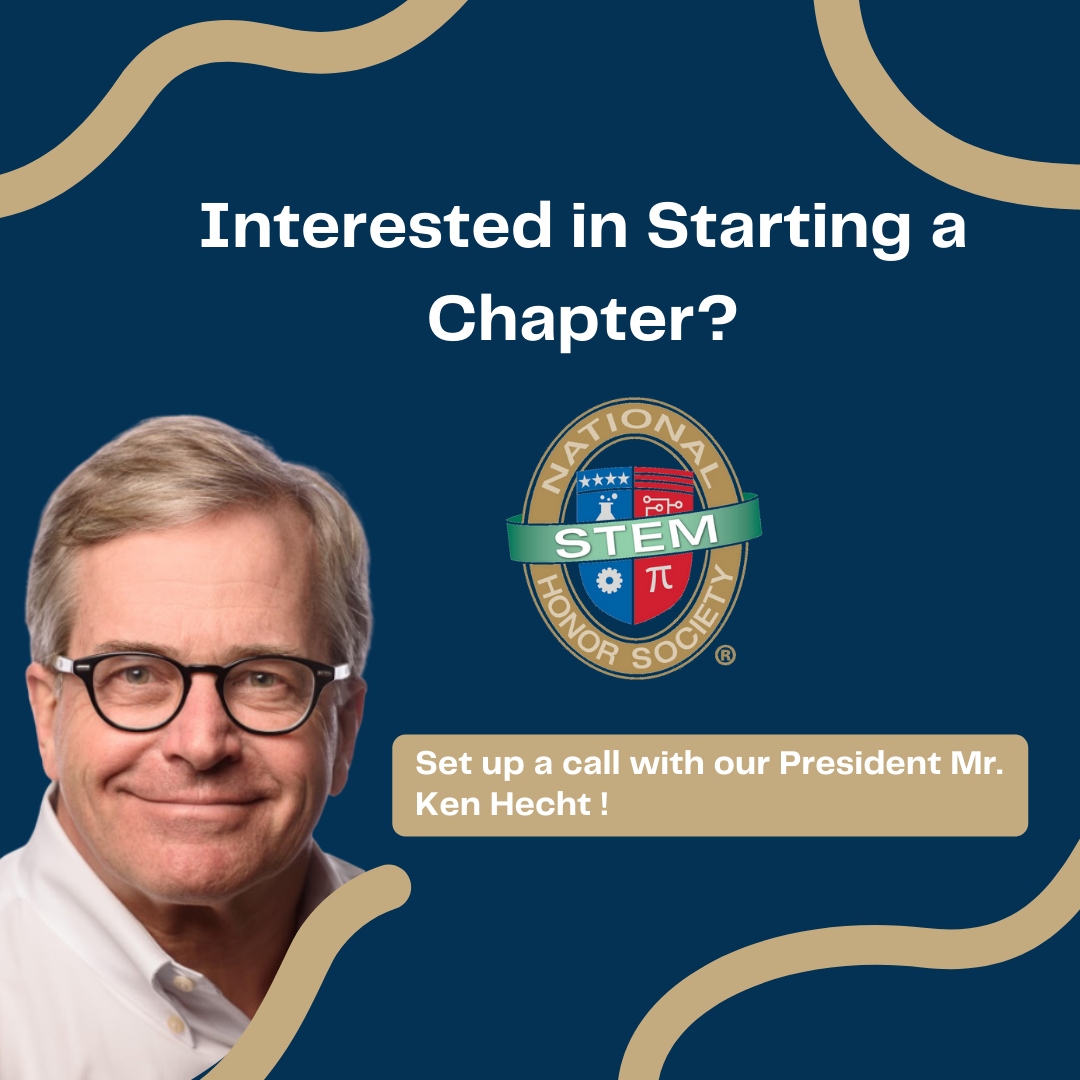
The universe holds endless mysteries that captivate people of all ages! Middle school students, in particular, are curious and always eager to learn. So, what better way to nurture their interest than by immersing them in the fascinating world of astronomy? From understanding the secrets of our solar system to gazing at the stars, there are so many exciting opportunities for learning and exploration within the classroom walls! In this blog, we’re going on a cosmic journey to discover five incredible astronomy lessons, projects, and activities perfect for middle school students. Each of these classroom adventures serves a unique purpose, from exploring the wonders of our solar system to grasping the principles of rocket science. Here are five astronomy activities for middle school students.
1. Solar System Model Building
- Purpose: This astronomy project helps students understand the relative sizes and distances between objects in the solar system, promoting spatial awareness and scientific accuracy.
- Materials: Styrofoam balls (various sizes), paint, paintbrushes, string, and markers.
- Steps: Students paint and label the Styrofoam balls to represent the sun, planets, and other celestial objects. Then, they use string to hang these objects in the correct order and distances from one another, creating a scale model of the solar system.
- Time Duration: 2-3 class periods.
2. Star Constellation Study
- Purpose: This activity teaches students about constellations, their historical significance, and how to identify them in the night sky.
- Materials: Star charts, a dark room with a projector or planetarium software, and pencils.
- Steps: In a darkened room, project star charts on a screen. Discuss the mythology behind constellations and their names. Then, have students identify and draw their constellations on the star charts.
- Time Duration: 1-2 class periods.
3. Phases of the Moon Observation
- Purpose: This astronomy lesson helps students understand the lunar phases and the moon’s position relative to the sun and Earth.
- Materials: Moon phase calendars, binoculars, or telescopes.
- Steps: Each student observes and records the moon’s appearance every night for a month. They compare their observations with the moon phase calendar and discuss their findings.
- Time Duration: A month.
4. Rocket Building and Launching
- Purpose: This project introduces students to the principles of rocket science, including thrust, trajectory, and gravity.
- Materials: Empty plastic bottles, paper, tape, and vinegar-baking soda mixture for propulsion.
- Steps: Students design and construct simple rockets using plastic bottles. They load a mixture of vinegar and baking soda into the rocket, producing gas and propelling it into the air.
- Time Duration: 2-3 class periods.
5. Exoplanet Hunt
- Purpose: This astronomy activity teaches students about the search for exoplanets and the characteristics that make a planet habitable.
- Materials: Computers with internet access, Exoplanet databases, and research tools.
- Steps: Students explore online databases of exoplanets. They research these planets, their characteristics, and the potential for habitability, discussing what makes a planet suitable for life.
- Time Duration: 2-3 class periods.
We encourage you to consider starting an NSTEM chapter at your school. NSTEM, with its commitment to innovative STEM education, can provide invaluable resources and support. By joining hands with NSTEM, you can help create a brighter future for our children. To get started, explore these NSTEM resources to access a wealth of materials and guidance, enriching STEM education in K-2 classrooms and beyond.
By Srihitha Sunkara
Do you want more resources on the topic of astronomy activities? NSTEM’s vast resources database provides thousands of searchable STEM resources by category, school level, and state. This comprehensive library includes info on enrichment activities, curricula, internships, scholarships, and more. Check out a free sampling here. Or get an NSTEM membership today to unlock the complete list.
In middle school, students are transformed, entering as children and emerging as young adults. Project-based learning enrichment helps students connect the dots between STEM and real life, making math and science relevant for them and keeping them engaged and interested. With a meaningful middle school experience, students are far more likely to focus on STEM disciplines in high school and beyond. To start your 6-8 middle school chapter of the National STEM Honor Society, click here.
